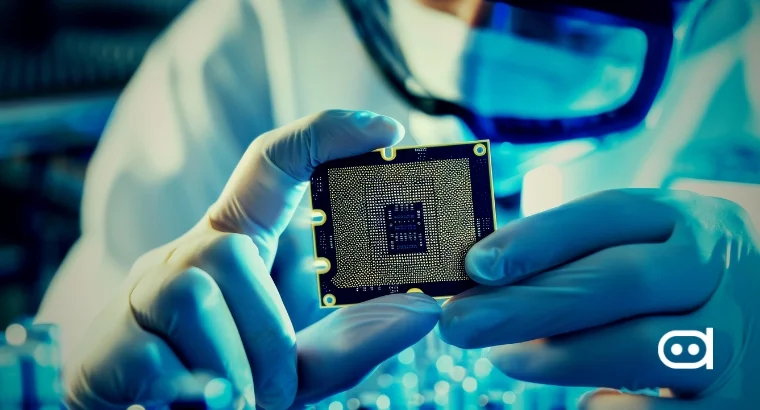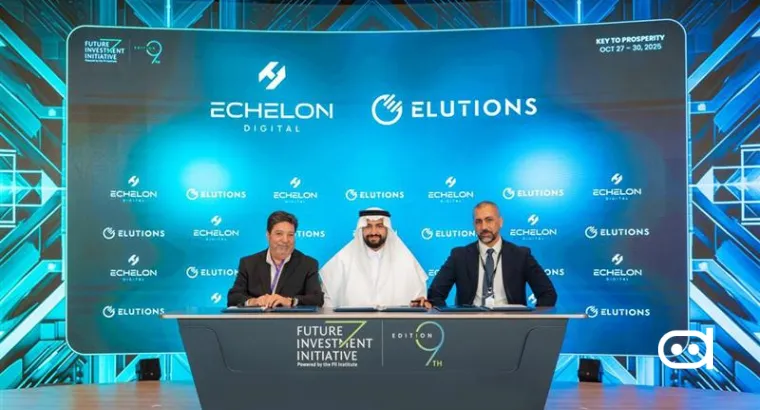
A group of scientists has found a breakthrough in the sphere of artificial intelligence and data analysis with the help of an expert from Oregon State University. Submitted by a team of scientists, these nanoparticles exhibit the ability to rapidly switch between a state of emitting light and a state of darkness. This development has the potential to produce faster and more eco-friendly computing systems.
Breakthrough in Nanoparticles for Optical Computing
Based on the research published in Nature Photonics, the scientists have discovered a new phenomenon related to special type of materials called avalanching nanoparticles. These minuscule particles have amazing optical properties and are very suitable for advancing the field of optical computing. This revolutionary technology takes advantage of the light particles to perform computation and archival of data at unprecedented speeds.
According to Artiom Skripka, the College of Science OSU faculty member and key participant in this research, these nanocrystals are instrumental in the reform of the computing industry. He pointed that these small crystals are capable of switching and remembering data at an incredibly faster rate, which might be valuable for optical computing. They use photons for processing and storing information, a kind of computation that is million times faster than the classical techniques. To this type of computing, Skripka suggests that adding nanocrystals could significantly boost the performance of the computers.
This study involved working with other scientists, specifically from the Lawrence Berkeley National Laboratory, Columbia University, and the Autonomous University of Madrid in order to investigate the properties of potassium, chlorine, and lead nanocrystals doped with neodymium. Despite the lack of a high degree of interaction with light on their own, these KPb₂Cl₅ nanocrystals’ interaction with neodymium ions significantly improves their light handling abilities. This makes them extremely useful for applications in optoelectronics and in laser technology.
An intrinsic characteristic of these synthesized nanocrystals are optical bistability, i.e. the ability of the nanocrystals to emit photons or not emit any photons after stimulation with laser light. This special characteristic offers a great potential for application in PI circuits which can have capabilities over traditional electronic systems and also are energy efficient.
As Skripka pointed out, the nanocrystals have a different behavior from the other samples. Generally, any object that produces light due to exposure to a laser, will not produce light in the absence of a laser. However, in specific circumstances, these nanocrystals can emit light or remain non-luminescent even at the same laser wavelength and intensity. This special characteristic allows the crystals to be switched between emitting and non-emitting states with a high degree of precision and efficiency.
The findings of this study have social relevance that goes beyond the study itself. Due to the ever rising adoption of artificial intelligence, data center, and other electronics devices, there is a rising global demand for power-efficient systems. The power of these nanocrystals to function at low power level is beneficial for the endeavors to minimize the energy used in these systems. Moreover, their application can help to minimize current problems in the existing artificial intelligence devices, and improve the machine learning algorithms or the way of data analysis.
Besides computing, this research offers prospects for development in numerous domains, including telecommunications, medical imaging, and environmental sensing. The incorporation of bistable specific photonic materials can lead to the development of superior light related technologies and multitalented optical computers in which light and matter interact on the nanometer scale. Such integration could help improve the efficiency of these devices and the future services that they offer.
While Skripka’s finding is a breakthrough, he maintained that more work has to be done to address problems such as scaling up and integration with existing technology. He mentioned that more needs to be done to prove this discovery feasible to be used in real life solutions.
This major development underlines the paramount value of fundamental research for innovation in technology and the furthering of the economy, with potential to revolutionise the means of data computation and storage in the years to come.
Source: https://indiaai.gov.in/article/scientists-discover-luminescent-nanocrystals-to-enhance-ai-efficiency
Latest Stories:
AI to Reshape Asia-Pacific Economies, Risks Widening Inequality
Unveils Samsung Vision AI and Next-Generation Screen Innovations at CES 2025
MIT Researchers Develop AI System to Revolutionize Research Hypotheses















